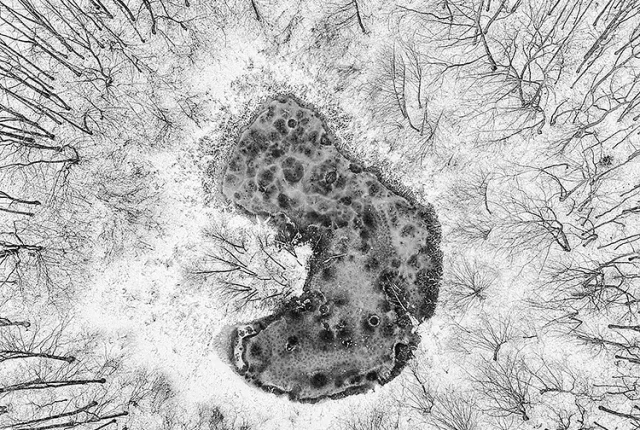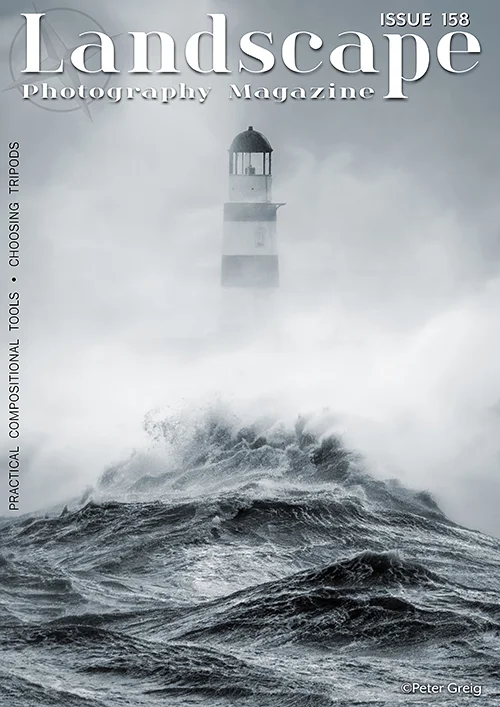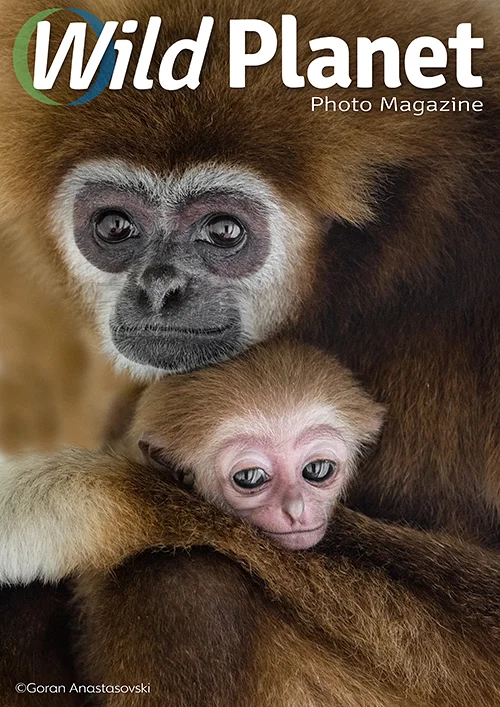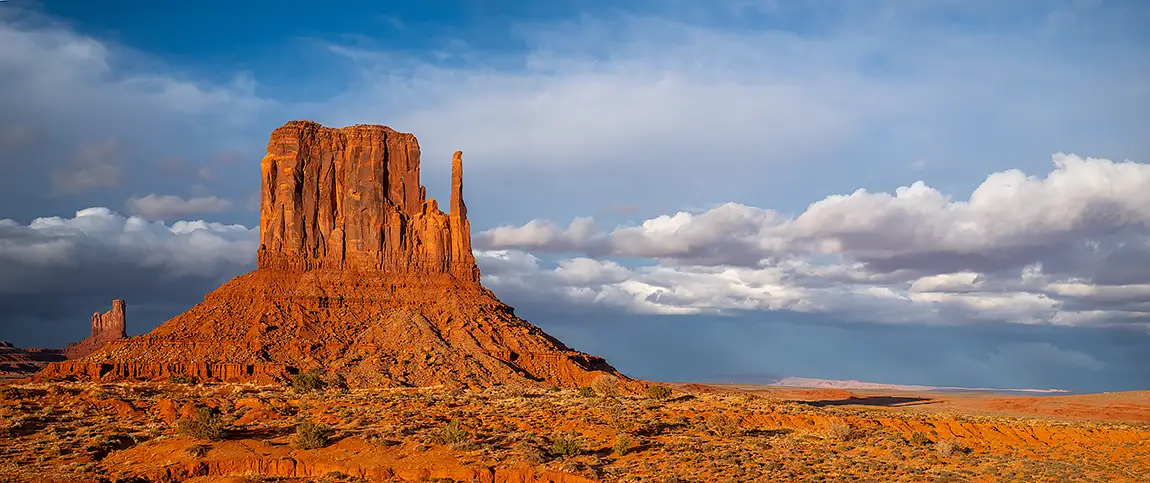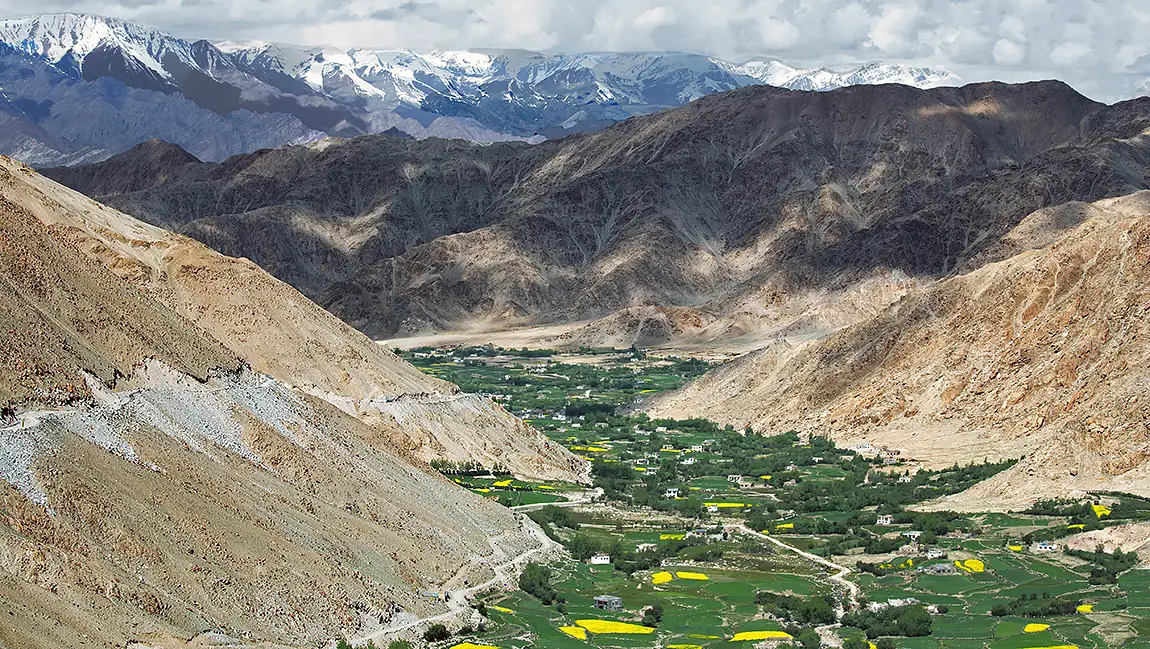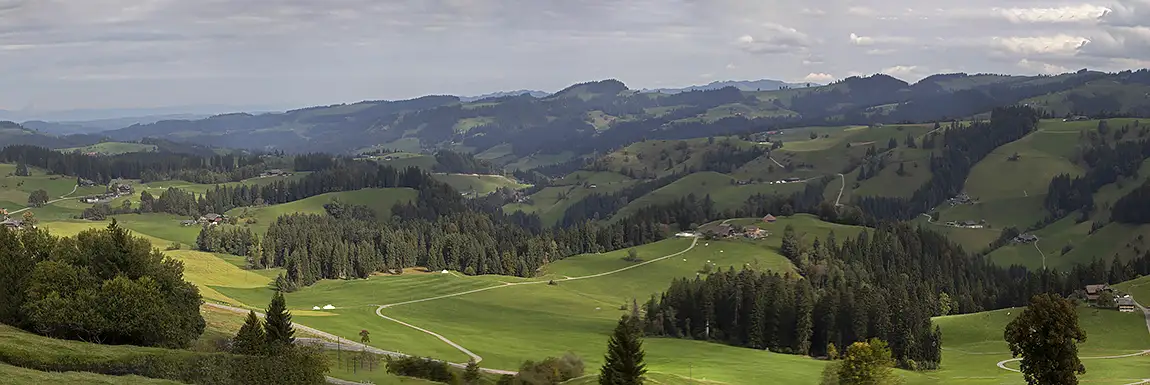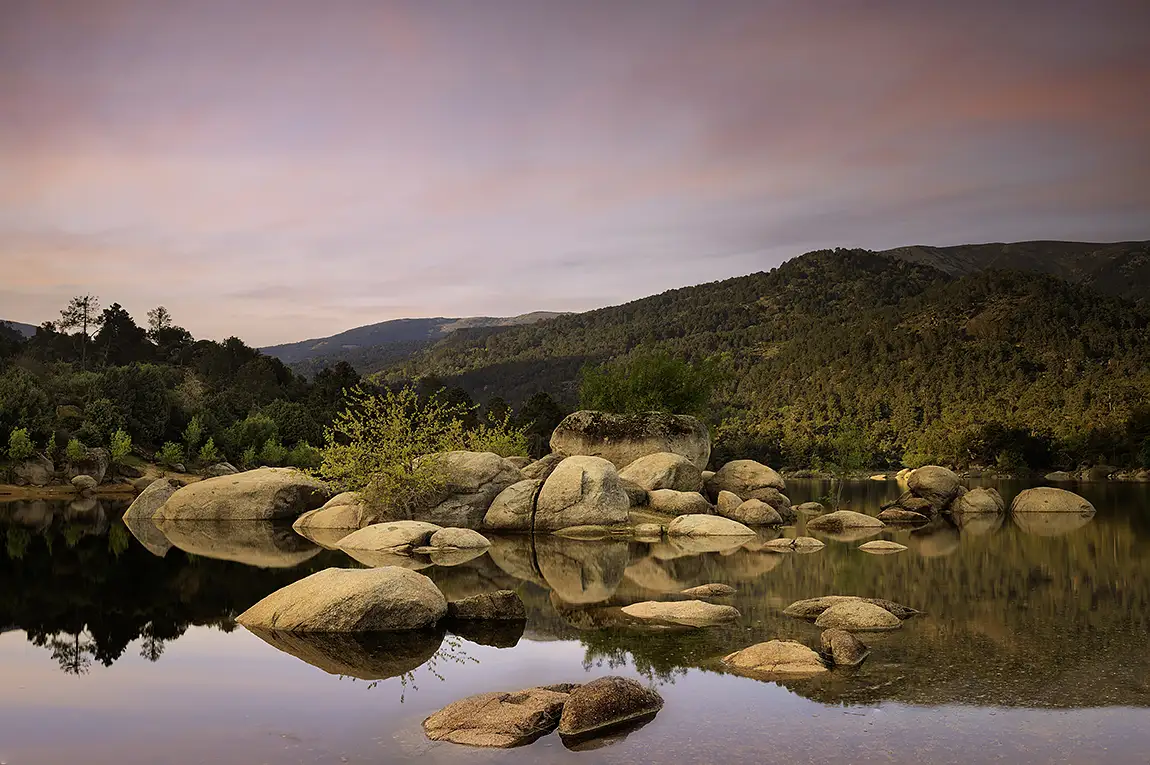Aerial landscape photography offers unique opportunities. While it may sound cliché, flying a drone allows you to explore many perspectives and capture images from a variety of locations while adhering to the applicable laws and ensuring flight safety. You can hover at heights of up to 120 meters, cover extensive areas, or take quasi-satellite top-down photos similar to Google Maps aerial images. Furthermore, with careful control, you can navigate over hard-to-reach areas like swamps, meandering rivers, or islands in lakes while maintaining a low flight altitude.
However, to transform these aerial views into compelling photographs, it is essential to adhere to traditional photography principles. The image should feature a well-framed, interesting subject, much like ground-level photography. To elevate the photograph beyond just a simple documentation of a location, it should capture unique forms or structures—geometric shapes, line patterns, textures, and sometimes, striking colors.
Last winter, I sought interesting shots in my hometown, discovering a place I had passed countless times before. This location is well-known to locals, though few pay it much attention. Situated on a popular hill in a student town, the area hosts annual events for young people. In winter, kids enjoy sledding nearby, and many years ago, a ski lift operated here. Just fifty meters away, hidden in a densely overgrown, shady area, is a small swamp—hardly a lake. In the summer, people tend to avoid it due to the nettles, thickets, and swarms of mosquitoes. Winter sees little interest as well.
However, from the air, a climb of just thirty meters above the tree tops revealed a captivating scene that inspired the photograph I titled “Hidden.” The image, which immediately reminded me of an embryo, is framed by converging lines of tree branches. Minimal adjustments were needed; changing it to black and white required only slight contrast enhancement. The final product is visually striking in its simplicity, serving as a graphic and powerful photograph.
Such hidden gems are all around, just waiting to be discovered. All it takes is a little time and a spark of imagination.



